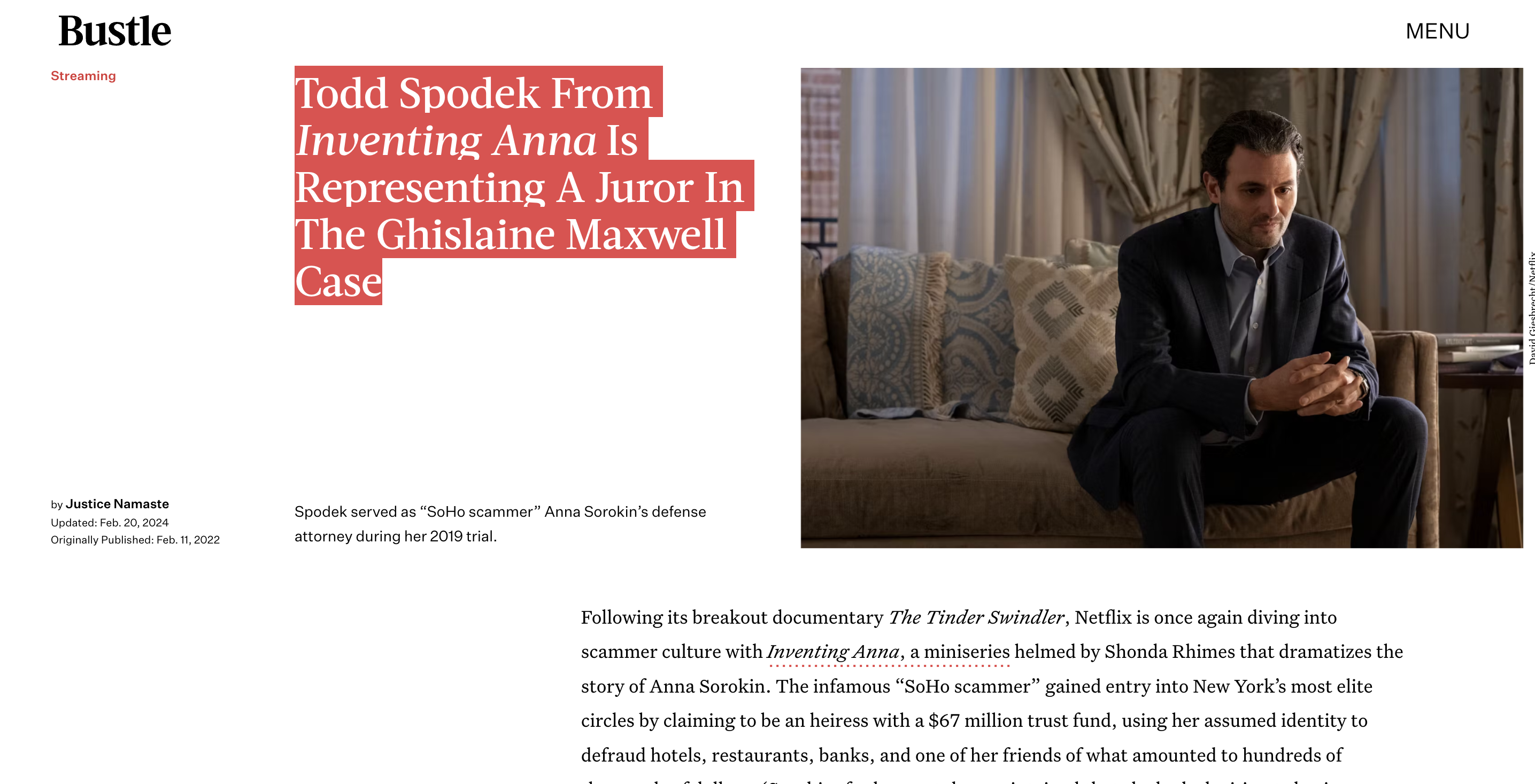Blog
How the Sentencing Table Works in Federal Counterfeiting Cases
How the Sentencing Table Works in Federal Counterfeiting Cases
Counterfeiting cases involve the manufacturing, copying, or distribution of goods under someone else’s trademark without their permission. This includes making fake money, designer goods, or other products with the intent to defraud buyers. Under federal law, counterfeiting is illegal and carries stiff penalties.
When a defendant is convicted of a federal counterfeiting crime, the judge uses the US Sentencing Guidelines to determine their prison sentence. The guidelines provide a complex sentencing table that calculates a sentencing range based on the details of the case.
The Role of the Sentencing Table

The sentencing table considers two primary factors:
- The defendant’s criminal history category – Their past record of convictions
- The offense level – The severity of the current crime
Based on these two factors, the table provides a sentencing range in months. For example, a range might be 24-36 months. The judge has flexibility to sentence within that range.
Determining the Criminal History Category
A defendant’s criminal record is assigned a category from I to VI. The more past convictions they have, the higher the category.1 Specifically:
- Category I – Little or no criminal history
- Category II – One or two prior minor convictions
- Category III – Several past convictions or a moderate one
- Category IV – Long criminal history with serious offenses
- Category V – Very long record with violent crimes
- Category VI – The most extensive criminal background
Past counterfeiting offenses increase the criminal history score quickly. Defendants with multiple counterfeiting convictions often end up in categories V or VI.
Determining the Offense Level
The offense level rates the severity of the current crime from 1 to 43, with higher levels indicating more serious offenses. Most first-time counterfeiting convictions have offense levels under 20.
To calculate the offense level for counterfeiting, the judge considers factors like2:
- The retail value of the infringing items
- The defendant’s role as an organizer or manager
- Whether a dangerous weapon was involved
- The extent of planning and preparation
- Whether minors were involved in production
These factors can add ‘enhancements’ to rapidly increase the offense level and sentence length. For example, a high-value operation with guns and child labor would have a very high offense level.
The Sentencing Table
Once the criminal history category and offense level are determined, the judge consults the sentencing table grid:3
| Criminal History Category (I) | Criminal History Category (II) | Criminal History Category (III) | Criminal History Category (IV) | Criminal History Category (V) | Criminal History Category (VI) | |
|---|---|---|---|---|---|---|
| Offense Level 1 | 0-6 months | 0-6 months | 0-6 months | 0-6 months | 0-6 months | 0-6 months |
| Offense Level 12 | 10-16 months | 12-18 months | 15-21 months | 18-24 months | 21-27 months | 24-30 months |
| Offense Level 24 | 51-63 months | 57-71 months | 63-78 months | 70-87 months | 77-96 months | 84-105 months |
At the intersection of the offense level row and criminal history column, the table provides a sentencing range in months. The judge chooses a specific sentence within that range.
Downward and Upward Departures
In some cases, judges make ‘departures’ from the guideline ranges. Downward departures reduce the sentence, while upward departures increase it. Reasons for departure include4:
- Substantial assistance – The defendant cooperated with prosecutors
- Overstated criminal history – Their past record isn’t as serious as the category indicates
- Understated offense severity – The crime is worse than the offense level shows
- Health conditions – Illness may allow early release to home confinement
However, judges can’t depart from guidelines just because they personally disagree with the sentencing range. Departures require specific legal justification.
Other Sentencing Factors
While the guidelines provide a starting point, judges also consider other factors under 18 U.S.C. § 3553(a) like5:
- The need to reflect offense severity and deter criminal conduct
- The history and characteristics of the defendant
- Public safety
- Victim impact
- Fairness relative to co-defendants with similar records
These factors may lead a judge to sentence at the higher or lower end of the guideline range.
Appealing the Sentence
Both the defense and prosecution can appeal sentences they believe are unreasonable under the § 3553(a) factors. Appeals courts give considerable deference to sentences within the guidelines. However, they may overturn sentences that greatly exceed the range without sufficient justification.
The guidelines provide a starting framework, but judges have flexibility to consider the details of each case. Over 85% of sentences fall within the recommended ranges.6 When departures occur, appeals courts examine whether sound reasoning supported going outside guidelines.
Conclusion
Determining sentences in federal counterfeiting cases involves a multi-step process:
- Calculate criminal history category from I to VI
- Calculate offense level from 1 to 43
- Find the range in the sentencing table
- Consider departures and § 3553(a) factors
- Impose a sentence within or outside the range
- Allow appeals if sentences seem unreasonable
While complex at first, the sentencing table aims to provide standardized punishment and reduce unfair disparities between similar defendants. The guidelines balance flexibility with consistency in counterfeiting and other federal cases.
References
1. 2021 Annual Report and Sourcebook of Federal Sentencing Statistics
2. Forgery/Counterfeiting | United States Sentencing Commission
3. 2015 Guidelines Manual – United States Sentencing Commission
4. 2021 Annual Report and Sourcebook of Federal Sentencing Statistics









